

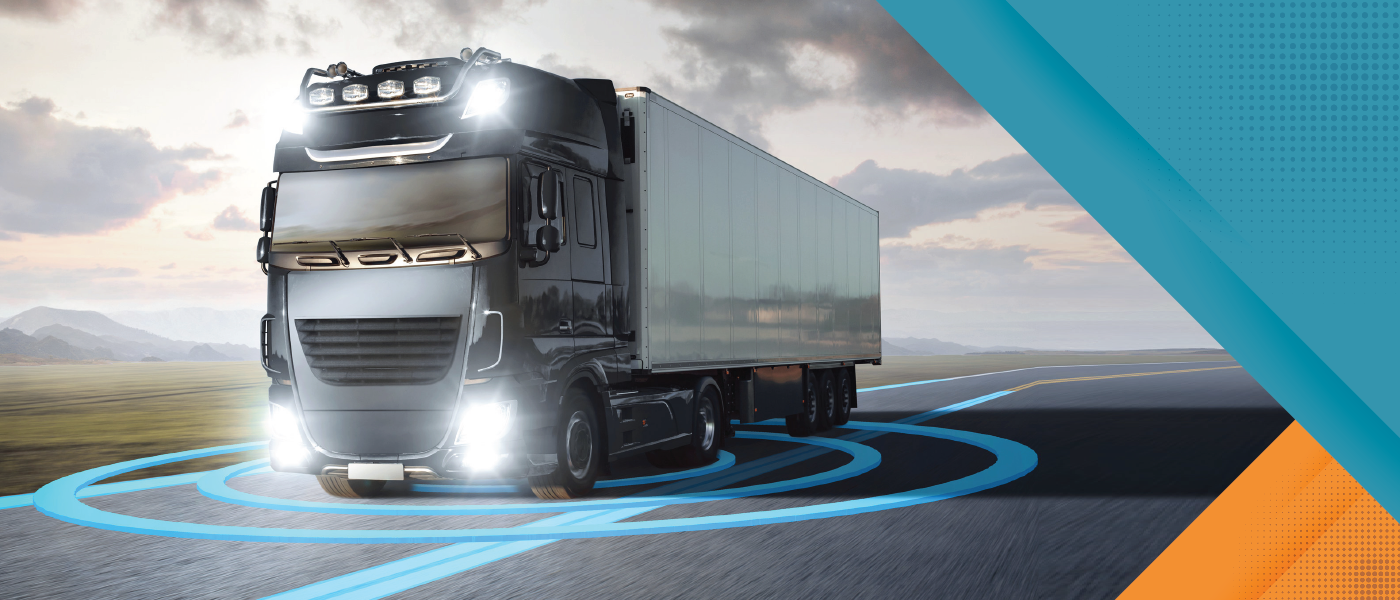
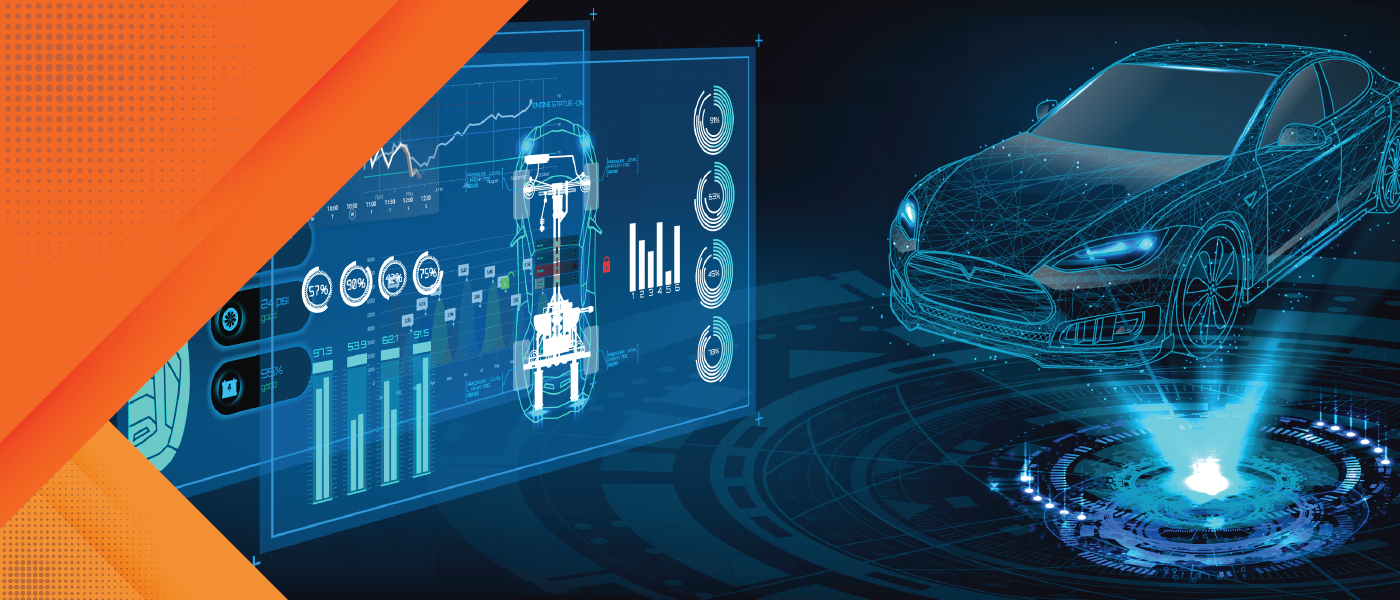



How is this sector an important contributor to factory-to-business (F2B) and business-to-business (B2B) activities? Which factors have expanded demand and accelerated production and sales? Explore the adoption of alternative powertrains and policies that encourage electrification.
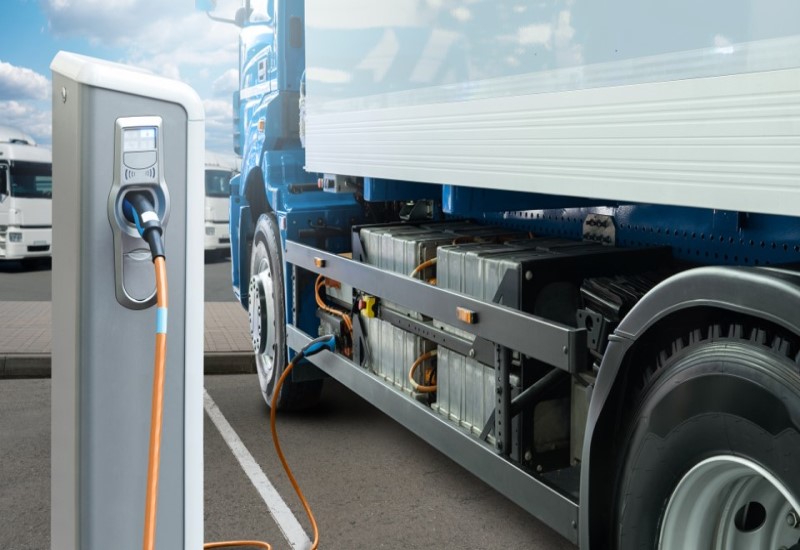
What are the major truck OEMs doing in this space? Which are the up-and-coming, new-age, pure-play companies? What are the various battery placement and electric drivetrain architectures? What will be the penetration rate of electric platform-based trucks in overall OEM sales?
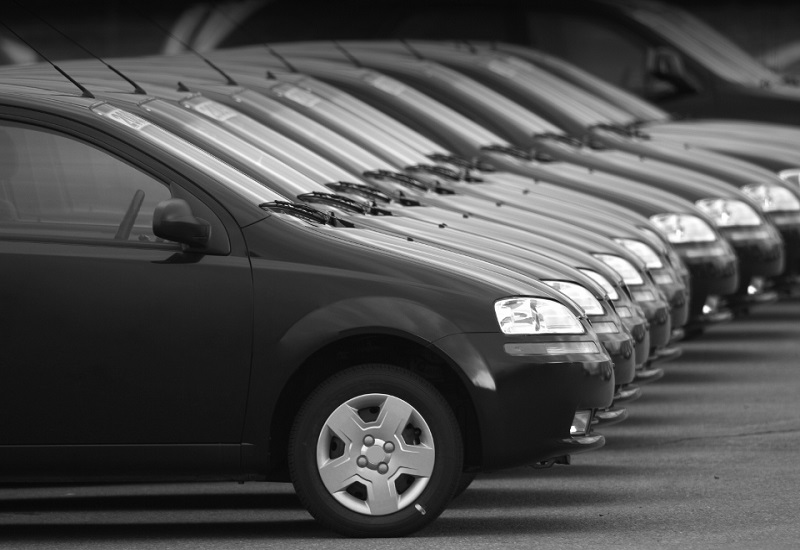
Analyze the unit shipment and revenue forecasts for front-wheel drive (FWD), rear-wheel drive (RWD), and all-wheel drive (AWD) systems. Gain detailed insights into major developments, growth drivers & restraints, technologies, opportunities, and profiles of leading suppliers.

How can global decarbonization goals be met? See how renewables are changing the game and optimizing solutions.
What’s decarbonization, and why is it important? Decarbonization refers to the steady reduction of carbon dioxide (CO2) emissions and, eventually, its elimination. The deployment of decarbonization technology aids emission-intensive industries in minimizing carbon emissions and meeting net-zero emissions protocols in the long term. To cut down carbon emissions and combat climate change, governments across the globe are counting on the five pillars of decarbonization: the rise of renewables, hydrogen economy, direct electrification and renewable heat, carbon capture utilization and storage (CCUS), and energy efficiency. Their implementation can be a potential game-changer to enable stakeholders to achieve carbon neutrality globally.
Schedule a dialog or email us at myfrost@frost.com to connect with an industry expert at no charge. We are taking unprecedented action to make our team available to help you cut through the media and politics to get factual one-to-one guidance for the issues and opportunities that matter most to your business.

Why is the free-floating business model seeing rapid growth in competitive landscapes?

What is the impact of the gradual shift of the 2W industry toward electrification?
Read more Request Info
Which regulations are influencing the business operations and strategies for providers?
Read more Request Info
Analyze the government initiatives promoting the use of zero-emission vehicles
Read more Request Info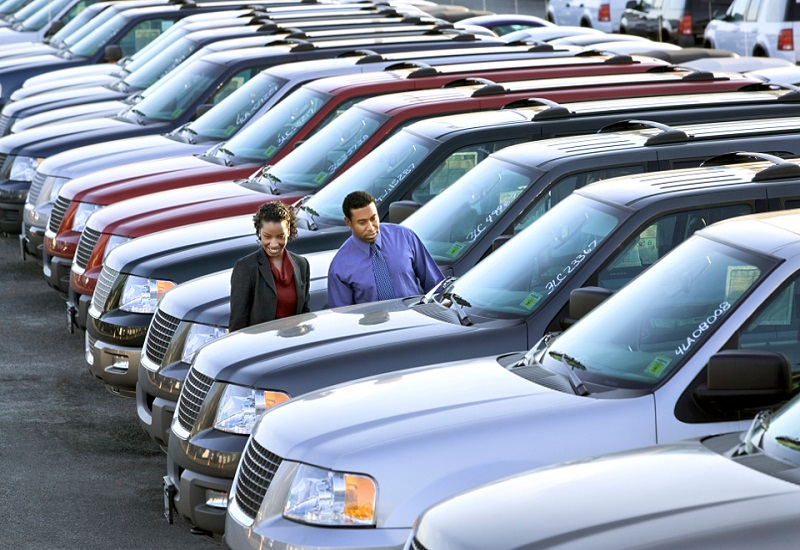
Examine the effect of an absence of new vehicles, material scarcity, and rising prices
Read more Request Info
How does the regional population provide strong opportunities for fleet renewal?
Read more Request Info
Explore electromobility strategies driving alternate powertrain vehicles in LATAM
Read more Request Info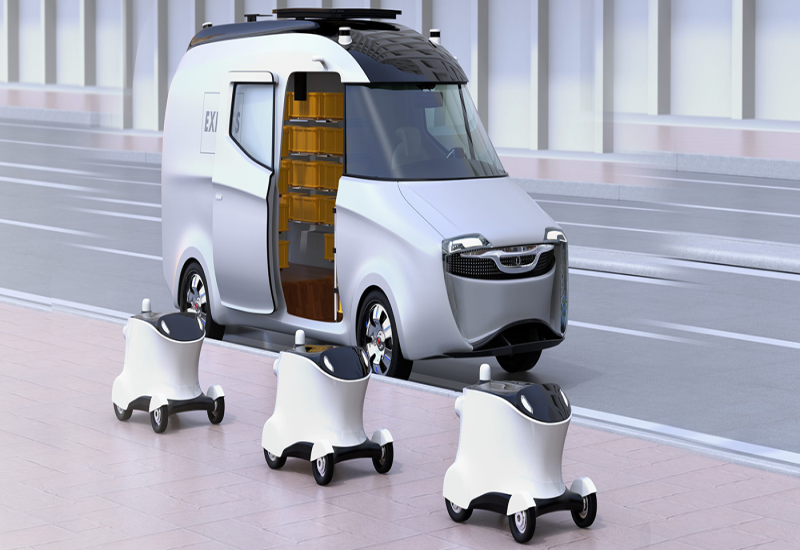
What are the major segments with scope for various levels of vehicle automation?
Read more Request InfoLeading US-based automotive supplier BorgWarner is amping up its electrification journey – encapsulated in the “Charging Forward” initiative – and its commitment to sustainable mobility solutions. In early December, the company announced its intention of cleaving its fuel systems and aftermarket segments into a separate, new entity. This strategic step is seen as a way to allow the company to reinforce its combustion portfolio, enhance its electrification agenda, and explore growth prospects in alternative fuels like hydrogen.
Read More
Baidu’s recently held “Apollo Day” was meant to showcase the Chinese search engine and technology giant’s astonishing progress in autonomous driving technology development, enabled by its open-source, autonomous driving software platform – Apollo. The Apollo technology stack has been in various levels of testing since 2017 and has attracted over 100 collaborators, including leading automakers like Toyota, Geely, Daimler, BMW, Hyundai, and Ford as well as other industry partners such as Nvidia, Bosch, Intel, and TomTom.
Read More
Sustainability is at the heart of disruptive transformation across the automotive industry. Its pursuit, whether in the form of vehicle electrification or circular economy practices, is driving change across the entire ecosystem. Among the most prominent signs of the focus on sustainability has been the switch from internal combustion engine (ICE) vehicles to battery electric vehicles (BEVs) and plug-in hybrid EVs (PHEVs). Beyond OEMs, tire manufacturers are also playing a key role in the transition.
Read More
The global automotive market has witnessed a rapid demand surge for EVs over the past two years. Despite the COVID-19 pandemic severely impacting the automotive market, EV sales saw record growth in 2020 and 2021. For instance, in 2021, global EV sales (BEVs and PHEVs) totaled around 5.8 million units, exhibiting a growth of about 79.3% over 2020. The market is expected to witness continuous double-digit growth over the next five years.
Read More
Frost & Sullivan recently analyzed the European battery technology industry and, based on its findings, recognizes Addionics with the 2022 European Battery Technology Innovation Leadership Award. The company builds next-gen rechargeable battery architecture for electric vehicles (EVs) and other applications, and these are transforming the battery and energy storage industry. Addionics’ patented Smart 3D Electrodes technology increases key performance metrics of a battery with any chemistry, increases power and energy density, enhances safety, and extends its lifetime – all while lowering costs.
After-sales service in the fiercely competitive automotive marketplace is renowned for fickle customer loyalty. Typically, the relationship between a dealer and the customer is transactional and temporary; even the slightest mistake can result in a dealer losing a seemingly loyal customer and potential recurring revenue.
The transition from advanced driver assistance systems (ADAS) to autonomous driving (AD) has encouraged original equipment manufacturers (OEMs) to partner with start-ups to develop hardware and software capabilities. Frost & Sullivan’s recent analysis finds that the widespread adoption of Society of Automotive Engineers (SAE) and above autonomous features pushes OEMs to collaborate with multiple technology participants and start-ups to enable autonomous vehicle evolutions.
Read more